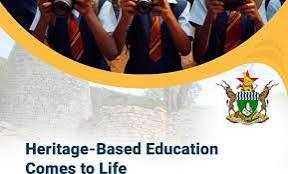
Rutendo Mazhindu
Zim Now Reporter
The rollout of the Heritage-Based Curriculum Framework 2024-2030 has sparked a nationwide debate, with teachers and parents raising concerns over inadequate preparation for its implementation.
While the government promotes the curriculum as a transformative approach that integrates cultural heritage with modern education, educators on the ground have expressed frustration, citing a lack of training and the continued reliance on outdated Ventures textbooks.
Despite these challenges, authorities remain firm that the new curriculum, aligned with Education 5.0 and Vision 2030, will equip students with critical thinking, problem-solving, and entrepreneurial skills, while preserving Zimbabwe’s traditions and indigenous knowledge systems.
Primary and Secondary Education Minister Torerai Moyo emphasized the curriculum's significance.
“Another milestone that we have achieved as a ministry is the review of the competence-based curriculum and the introduction of the Heritage-Based Curriculum. We want learners to develop a deep understanding of their heritage and surroundings so they can identify challenges in their homes, schools, and communities,” he said.
“They can then research the problems and offer solutions through the power of digital tools.”
Zimbabwe, like many African nations, faces the challenge of modernizing its education system while ensuring its relevance to the socio-economic and cultural context.
The Heritage-Based 5.0 Curriculum aims to address this by merging traditional knowledge with STEM (Science, Technology, Engineering, and Mathematics) subjects.
The curriculum’s five key pillars—culture, innovation, education, economy, and sustainability—are designed to prepare students for the demands of the Fourth Industrial Revolution (4IR), while fostering a deep connection to their heritage.
A significant feature of the HBC is the introduction of a hybrid evaluation system that combines continuous assessment with traditional examinations, ensuring a more comprehensive measure of student progress.
However, despite these ambitious goals, many teachers and parents feel the system is not ready.
Although the HBC has been in effect since May, many teachers report having received no training on how to implement the new curriculum. As a result, they continue to rely on outdated Ventures textbooks, which do not align with the revised syllabus.
Related Stories
Mrs. Mhike, a primary school teacher at Mbizi in Highfield, expressed her frustration: “We were told this curriculum would transform education, but how can we implement it if we were never trained? We are expected to teach new concepts, yet we have no resources or guidance. Right now, we are still using Ventures books because there is nothing else available.”
Another teacher, Mr. Paradzai, echoed similar sentiments: “They want us to integrate heritage studies into science and mathematics, but we don’t know how. We need workshops and training, yet none have been provided. It’s frustrating because we want to do our jobs, but we lack the tools to do so.”
Parents, too, have voiced concerns, worrying that the rushed implementation of the curriculum could negatively impact their children’s education. Many argue that while the concept of the curriculum is commendable, its execution has been chaotic.
Mrs. Butawu, a parent of a Grade 7 pupil, shared her concerns: “We want our children to get the best education, but how will they succeed if their teachers don’t even know what they are supposed to be teaching? The government should have trained educators first before rolling this out.”
Similarly, Mr. Shumba, another parent, said: “Heritage-based education sounds good on paper, but right now, it is not working. Teachers are confused, and that means our children are the ones who will suffer. We need a proper strategy to make sure this is done the right way.”
Balancing Vision and Execution
The Heritage-Based 5.0 Curriculum was introduced to address Zimbabwe’s economic and educational challenges, aligning learning with key industries such as agriculture, mining, manufacturing, and technology.
By incorporating innovation and entrepreneurship, the curriculum aims to equip students with practical skills that can drive job creation, industrial growth, and economic development.
However, education experts argue that for this vision to become reality, the Ministry of Primary and Secondary Education must address logistical gaps, including: urgent teacher training programs, updated learning materials and textbooks and clear implementation guidelines.
While the HBC holds immense potential, its success hinges on proper execution. Teachers have called on the government to prioritize training and provide necessary resources, ensuring they can effectively deliver the new curriculum.
"We are ready to embrace this curriculum," Mrs. Mhike said. "But we need proper support. Without training and new books, we are simply not ready."
Minister Moyo stated that the Heritage-Based Curriculum, coupled with the establishment of innovation hubs, is expected to redefine Zimbabwe’s educational landscape, nurturing a generation of learners equipped to thrive in an increasingly complex and interconnected world.
“We have established innovation hubs in several schools across the provinces. In Victoria Falls, for instance, three schools now have innovation hubs, and more are being set up in Harare and other areas,” he said.
"We want our students to dream big, discover new knowledge, and address real-world challenges. The goal is to inculcate critical thinking and problem-solving skills, enabling learners to invent new technologies and solutions pivotal for development,” he concluded.

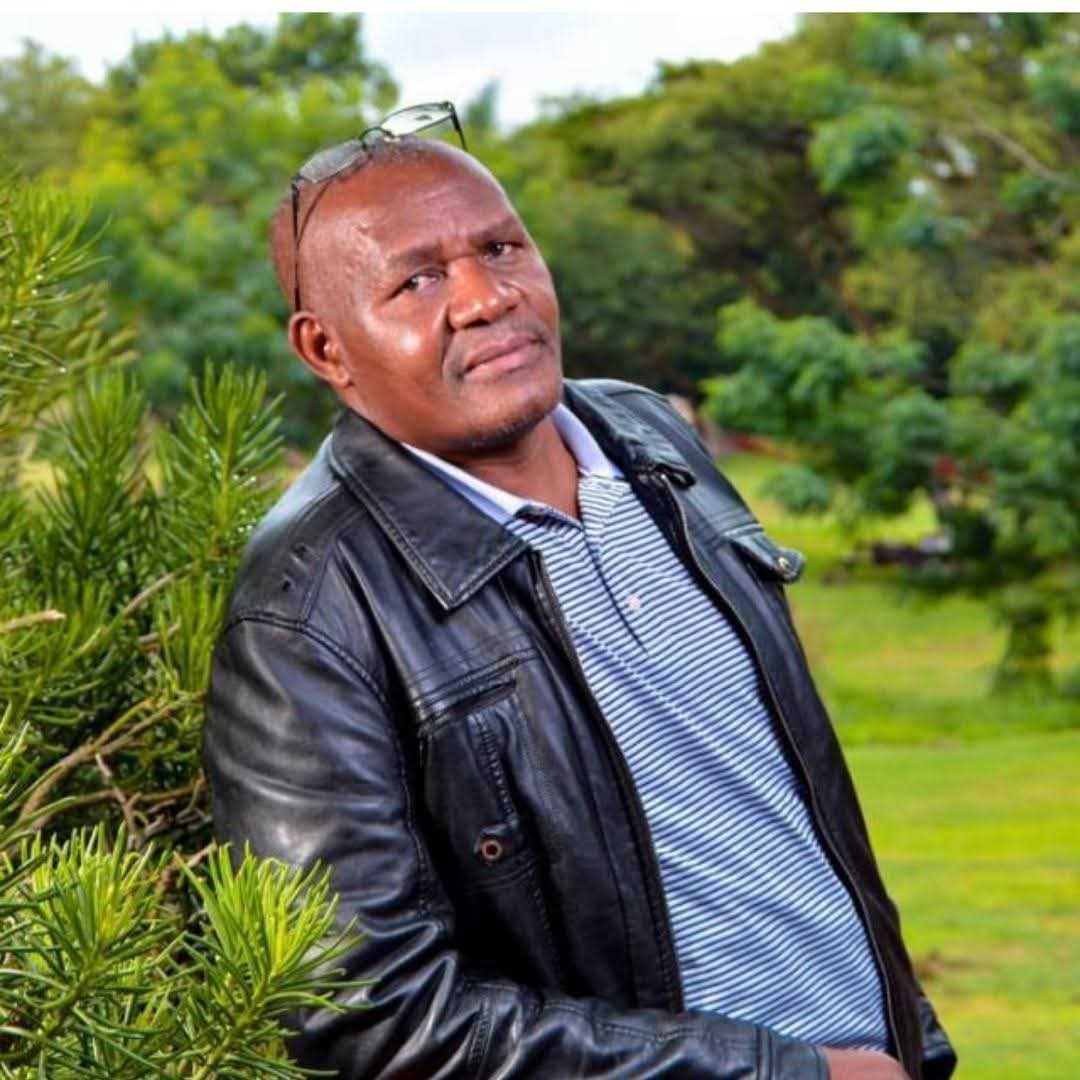


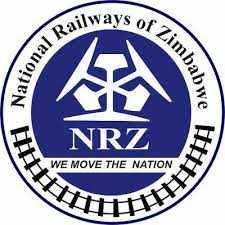
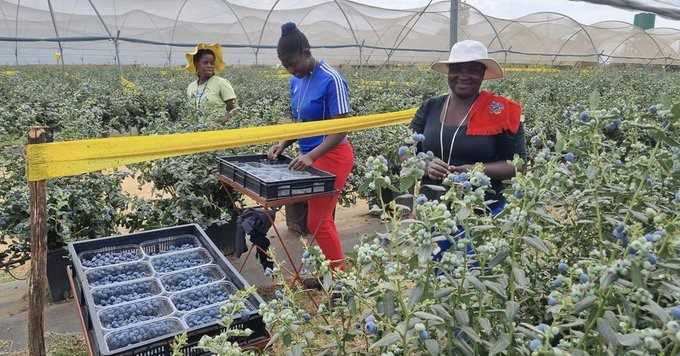
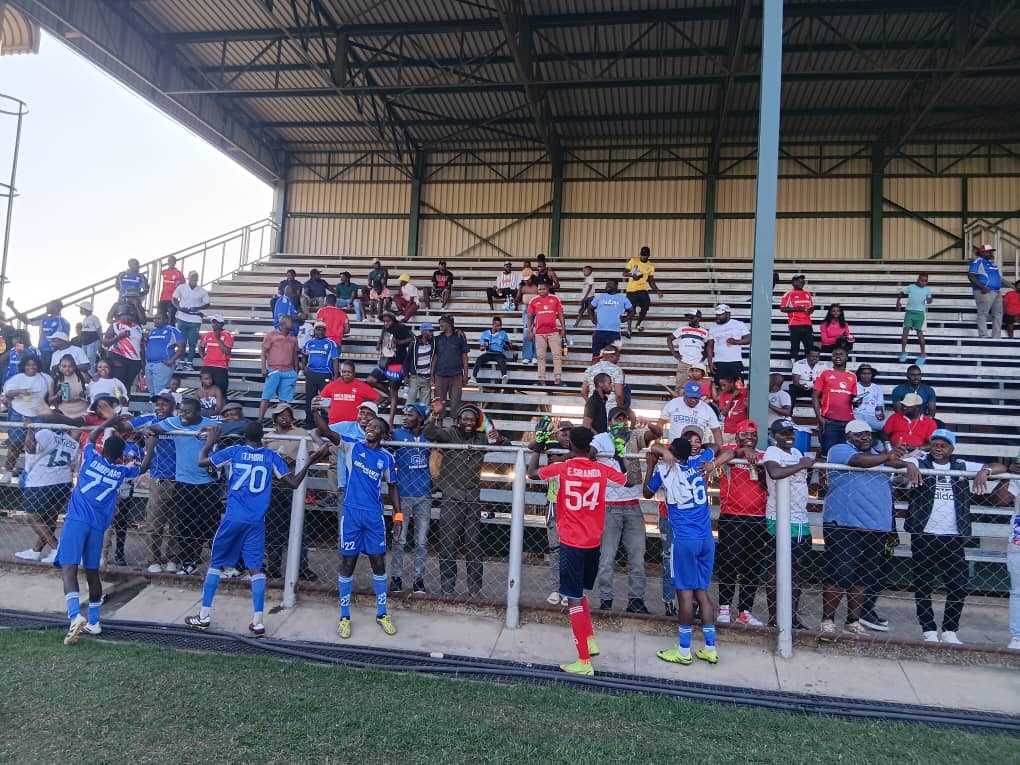


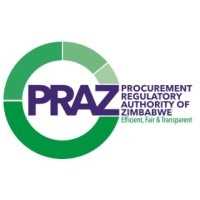

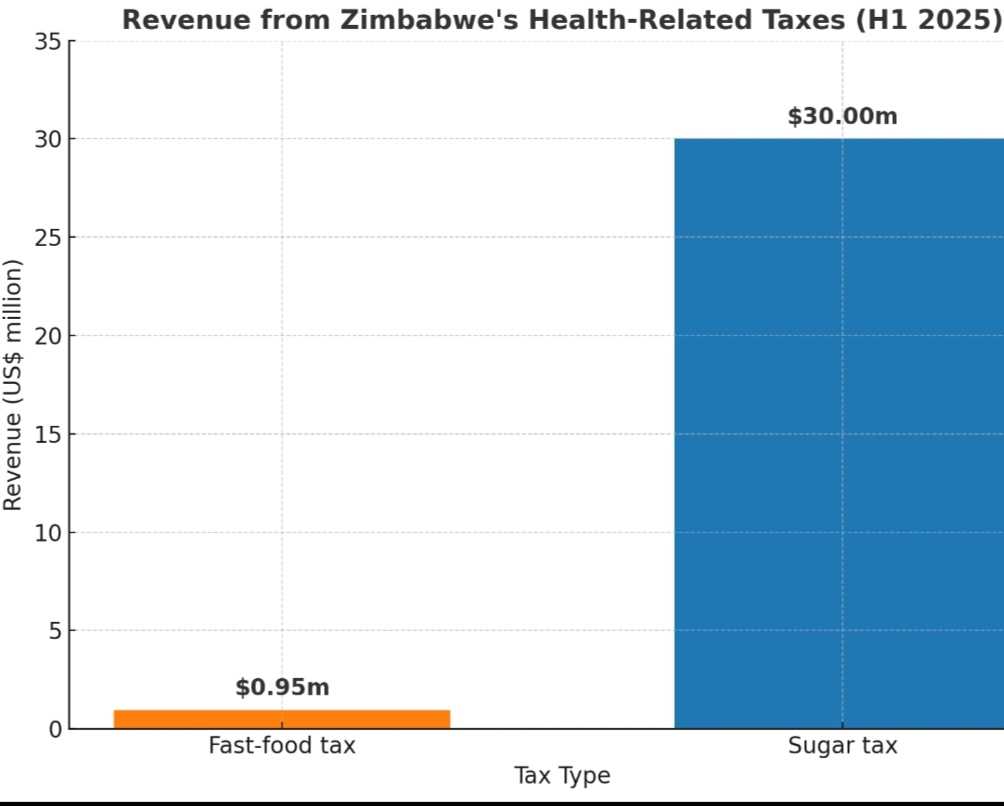




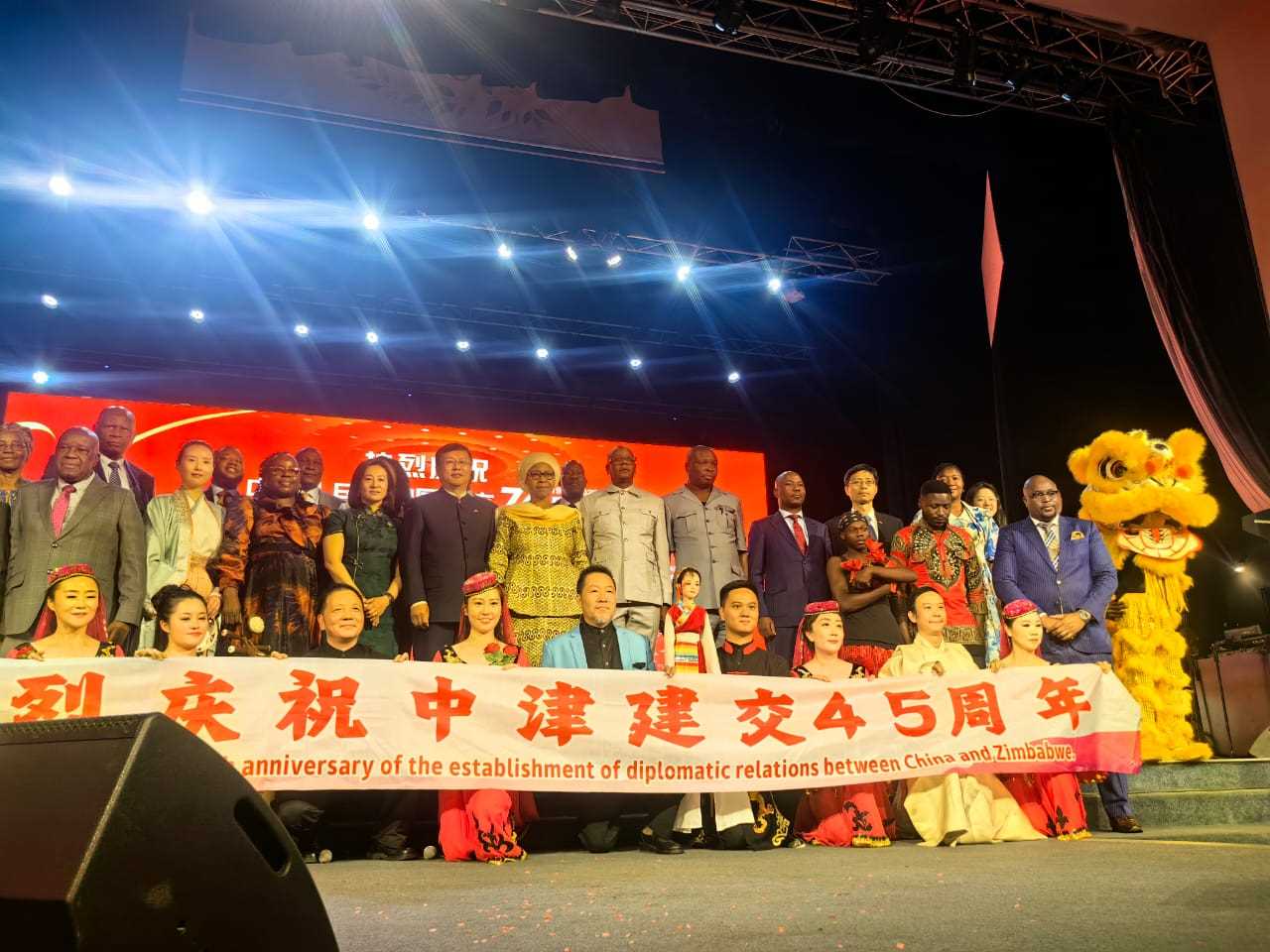


Leave Comments